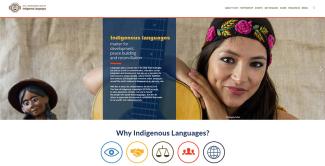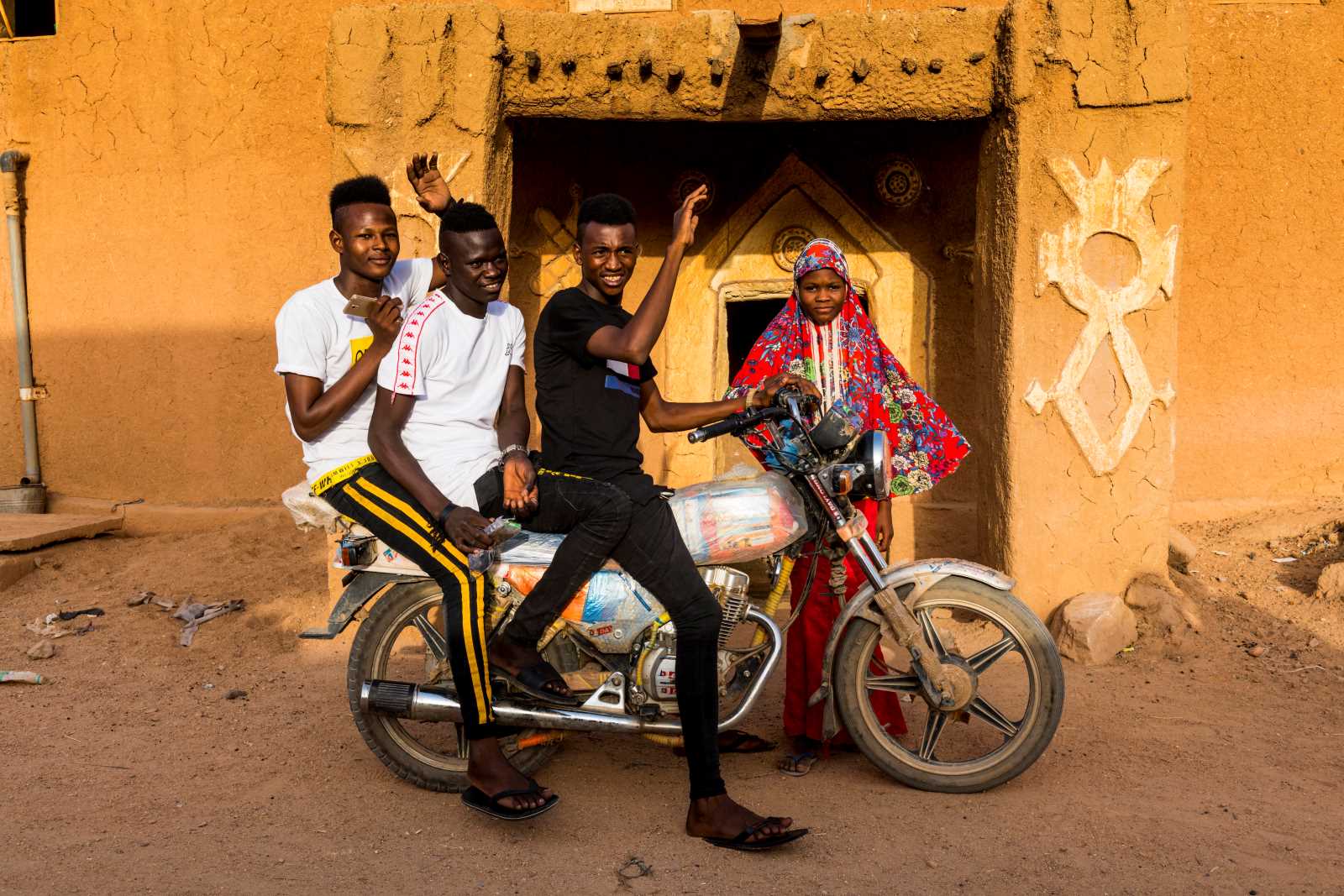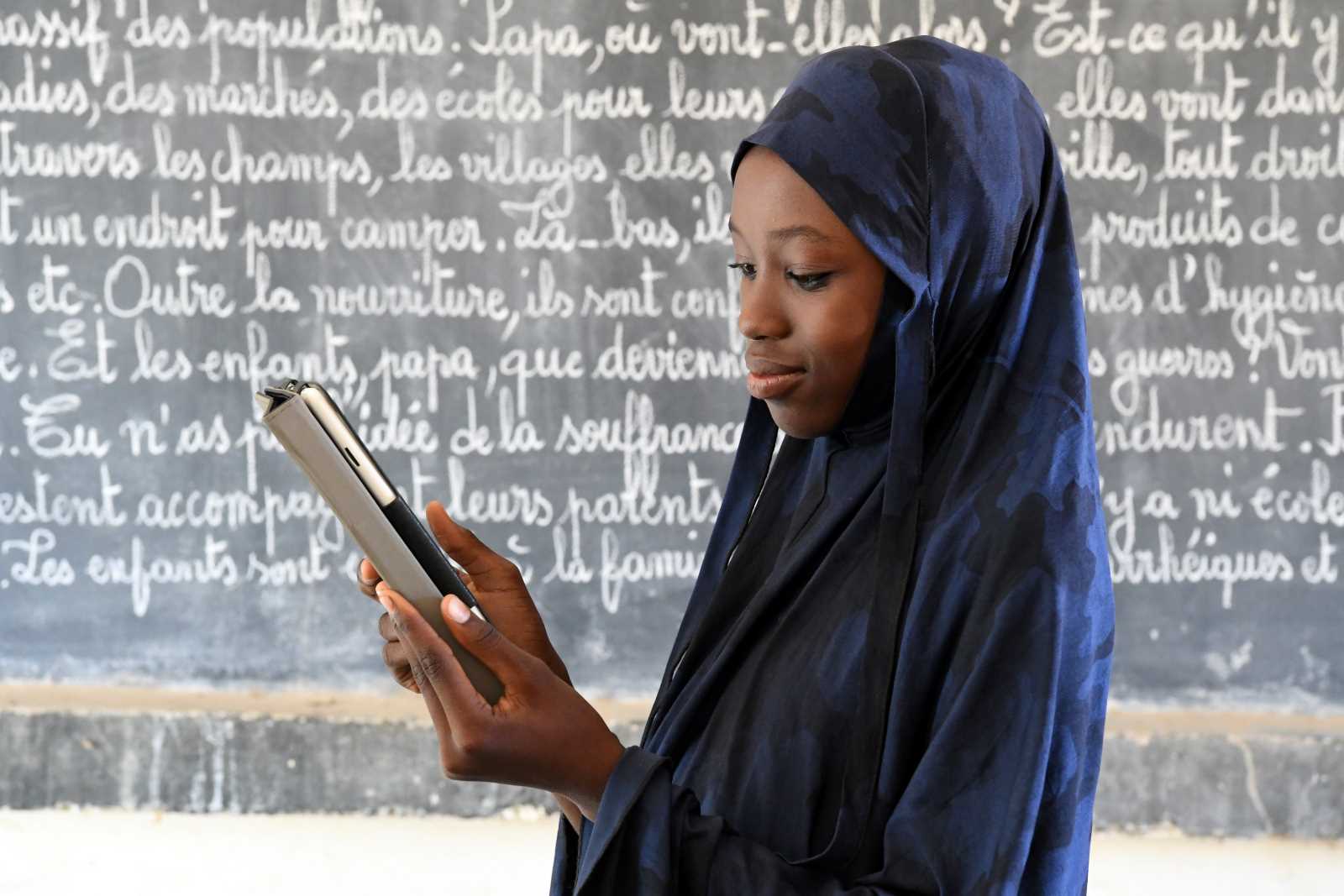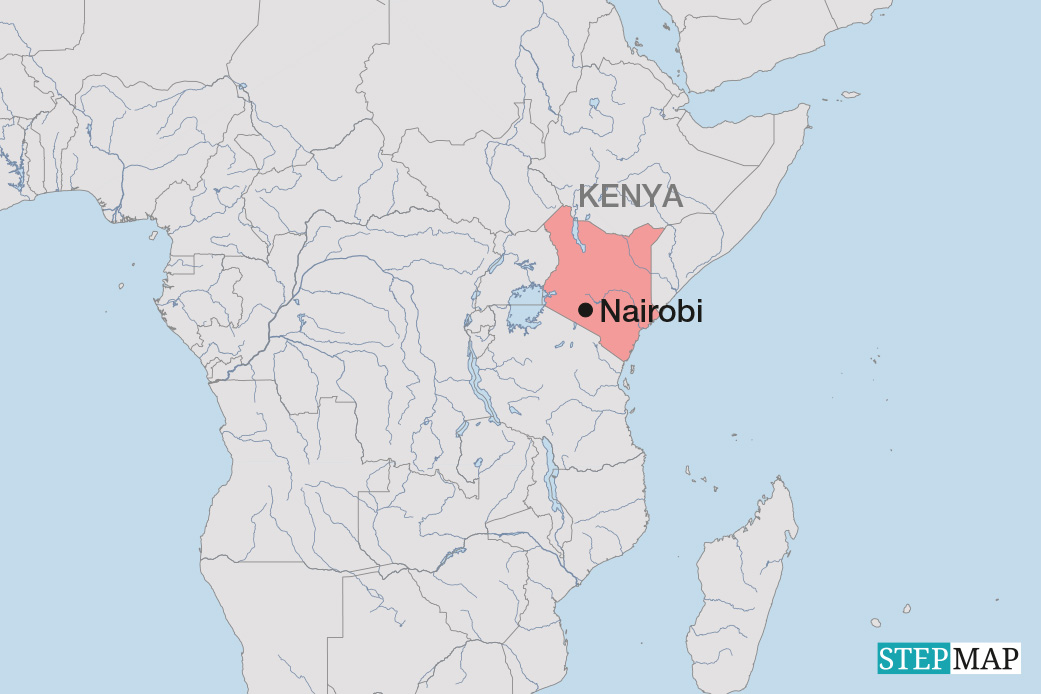Minorities
Endangered languages

Since 1950, 228 languages have become extinct. Due to the immense value of languages not only as a tool for communication but also as a form of identity, cultural history, and a repository of traditions and memory, the UN has declared 2019 The Year of Indigenous Languages.
According to the World Bank, there are approximately 370 million indigenous peoples worldwide. While they occupy a quarter of the world’s surface area, they safeguard three-fourths of the world’s remaining biodiversity. They are said to provide answers to food security and climate change. Their traditional knowledge is considered of immense value in preserving ecosystems. Indeed, they are often considered to be stewards of nature.
Their food systems may offer solutions for expanding and diversifying the current food base and providing nutritious food in areas threatened by climate change. Yet, land dispossession, forced assimilation and other forms of discrimination are endangering the most fundamental aspects of indigenous peoples, including their identity, language, art, traditional knowledge and spirituality.
Kalash is one of the 26 endangered languages spoken in Pakistan (see main story). According to UN categories, it is even one of the five most severely endangered Pakistani languages. (mg)















